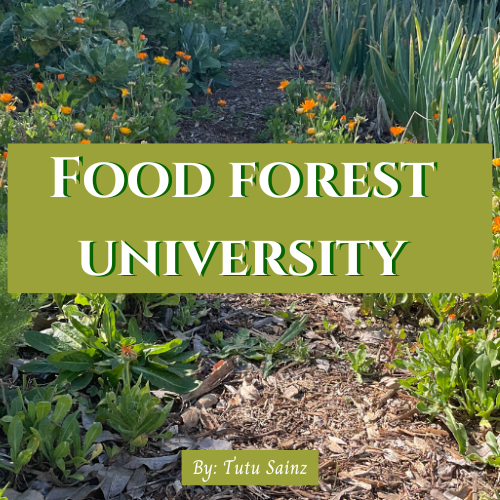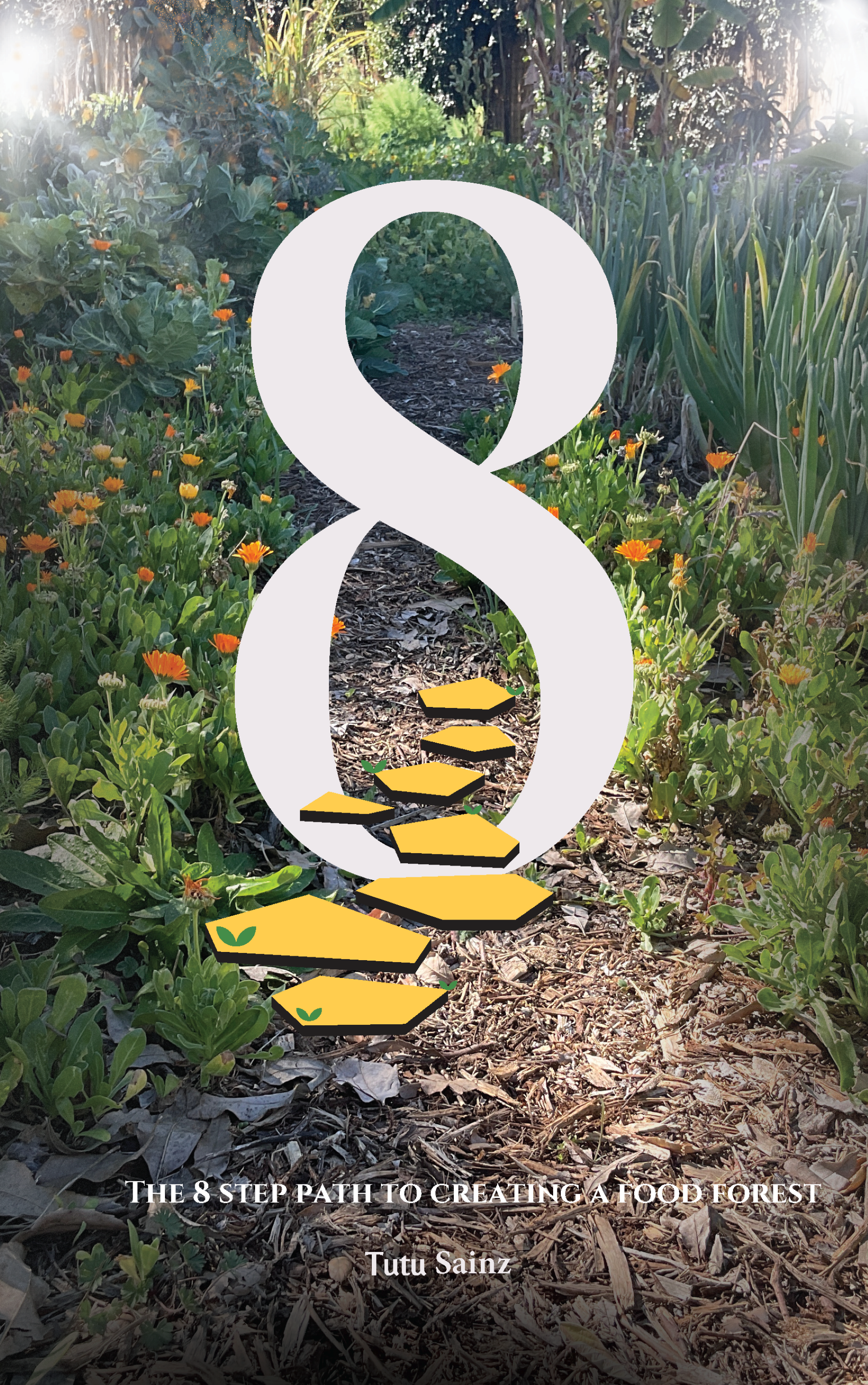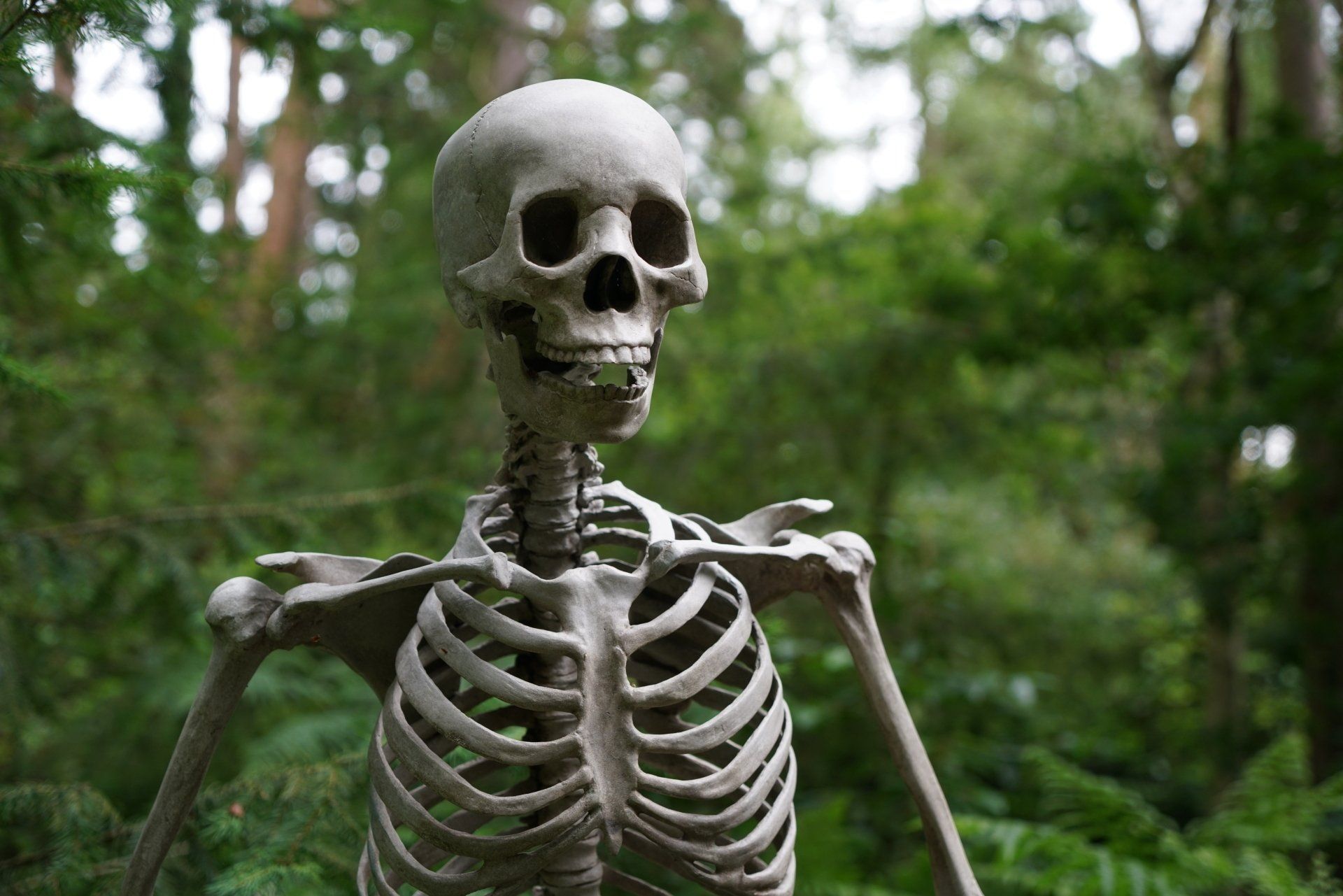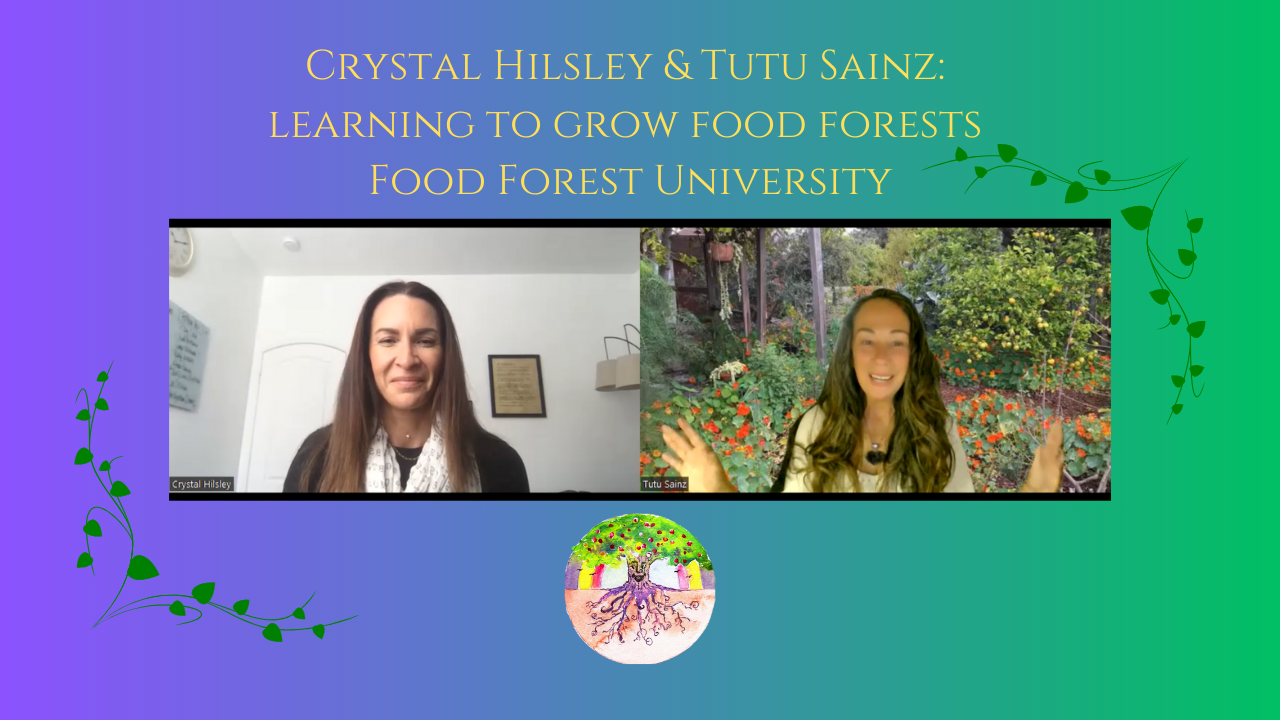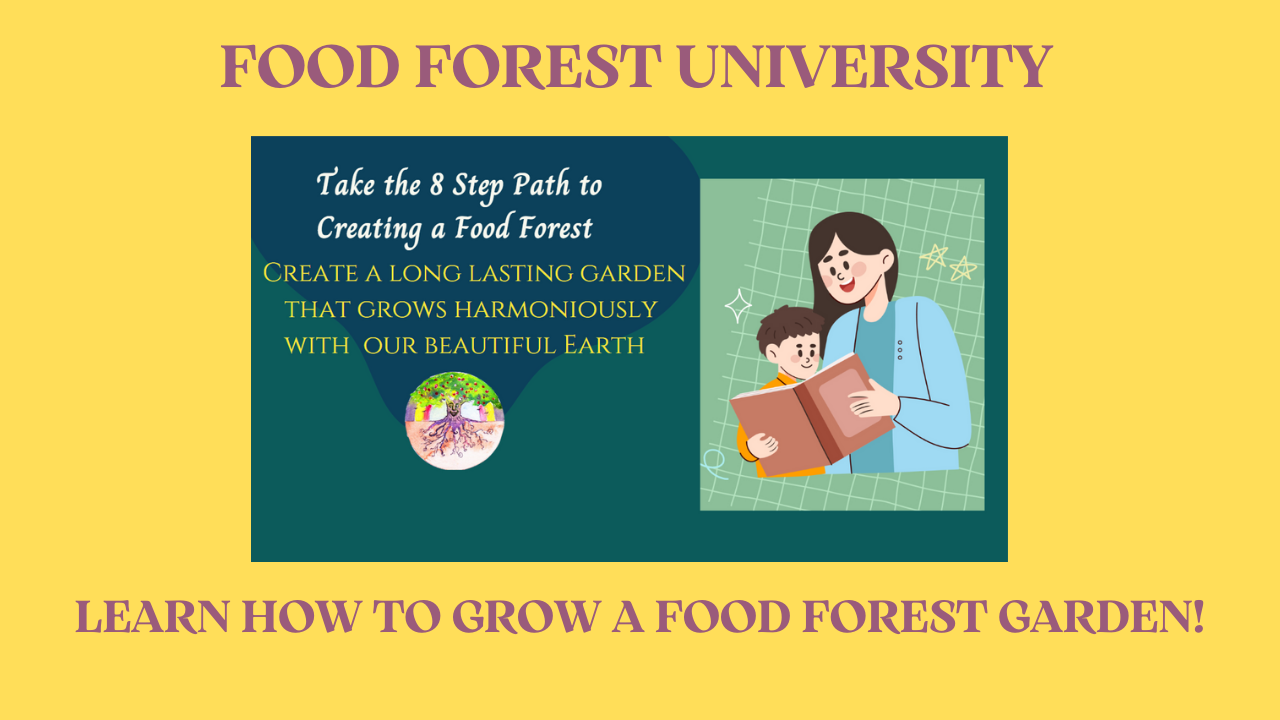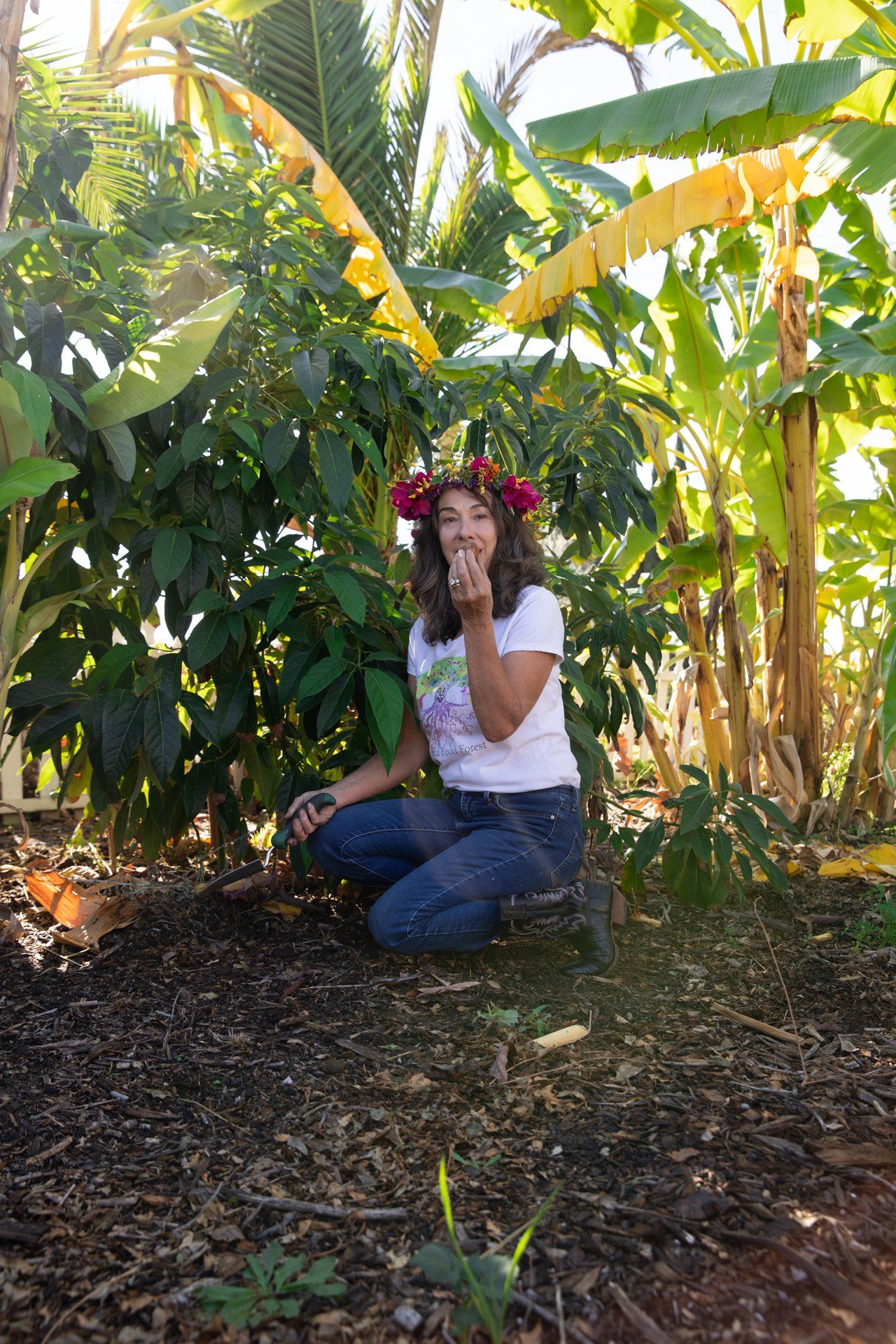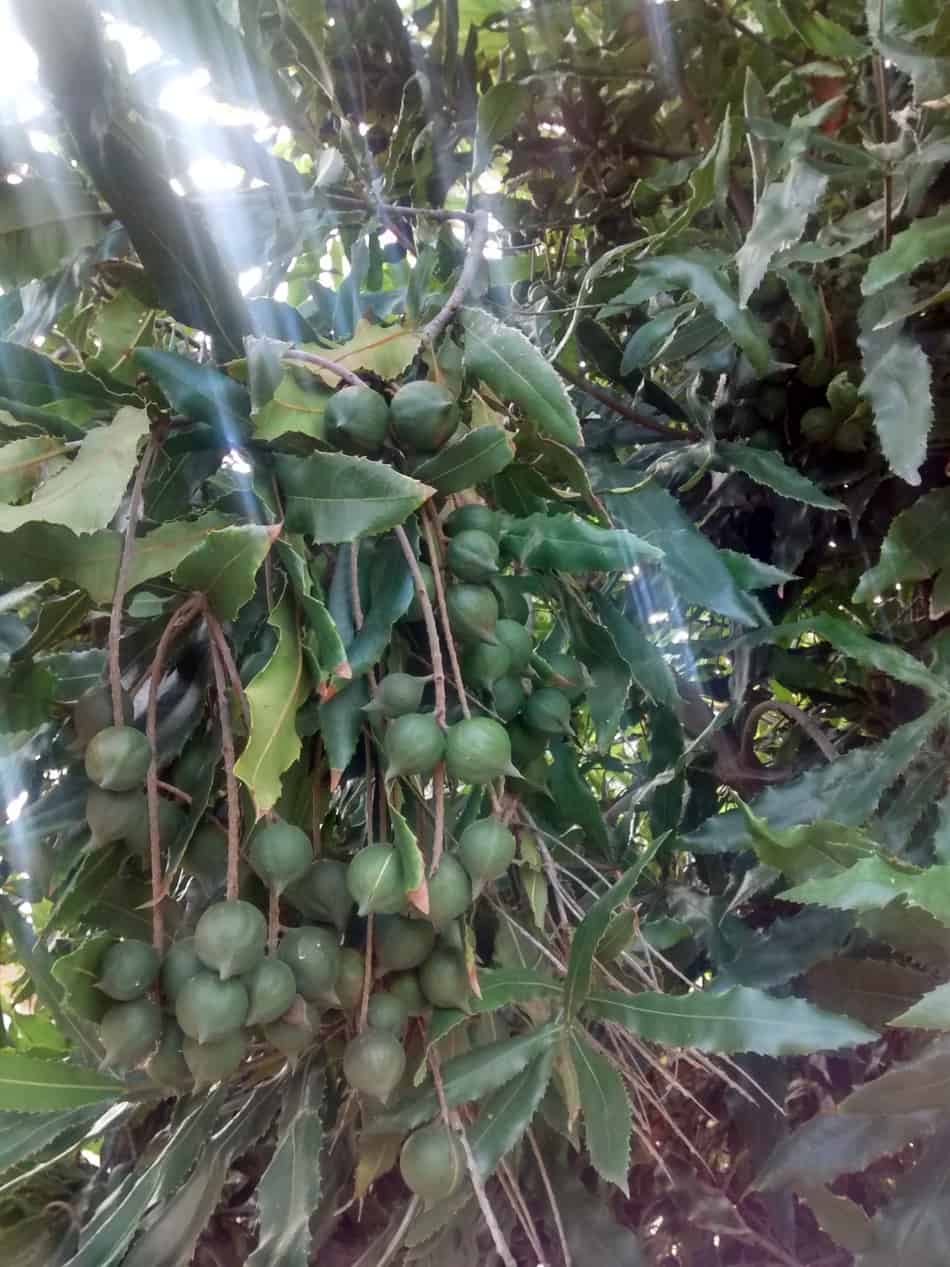The sad tale of a farmer named Monocropper.
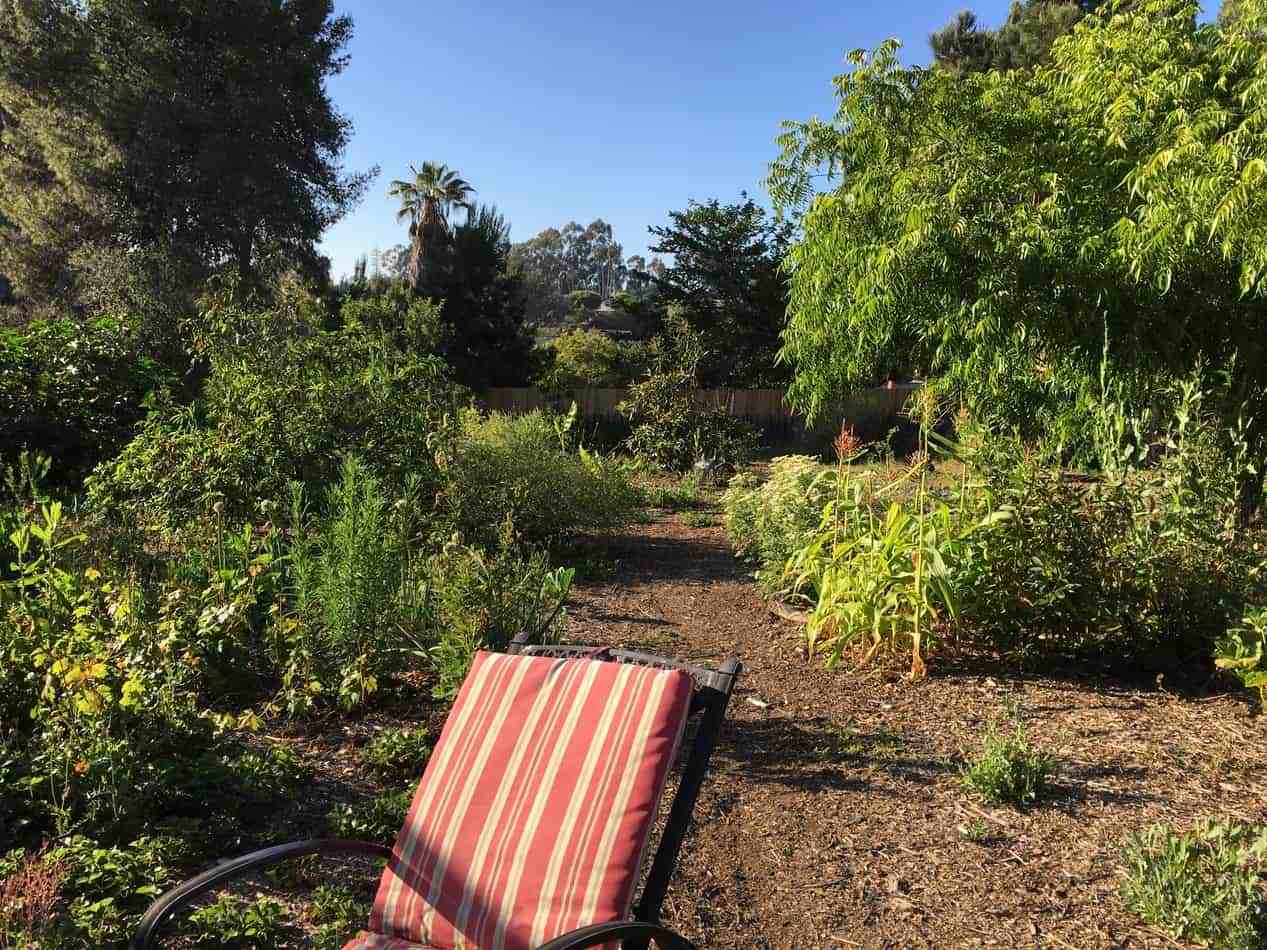
Here’s a sad tale about a farmer named Monocropper, who thought up a good plan to earn lots of money by growing such a huge amount of one crop that he could sell his harvest far and wide.
First, he needed to purchase a fancy new tractor. He needed a tractor, you see, so he could hook chains to the trees growing where he wanted to make his field, and he could pull out the trees using the tractor with the chains, and drag the trees away. And he would need again when he was ready to till the whole field in straight lines.
So Monocropper bought the tractor, pulled out the trees, and dragged them away. Then he tilled the whole field in straight lines. This way, Monocropper would have full sunlight on his field.
Then he needed to purchase seeds to plant in his field, so he purchased the latest modernized seeds, from the big experts, and planted 1 seed every few inches up and down every row in his whole field.
As his crop began to grow, Monocropper noticed his plants looking rather pale and sickly. Soon his problem became apparent. All the plants in his field required the same soil nutrients to grow, so every plant in his field had to compete with neighboring plants for available nutrients.
You see, in Monocropper’s field, all the same plants were planted at the same time, and are expected to mature at the same time. So the entire field of plants all requires the same nutrients, at the same time. His plants compete with one another for nutrition to grow.
The law of supply and demand dictates that the plants will consume and deplete those nutrients from the soil, unless Monocropper adds more nutrients into the soil.
Poor Monocropper has get to work fixing this problem. He must find a way to add more of the necessary nutrients into the soil to keep the plants growing.
His solution is to purchase lab-created fertilizer blends and apply those to the soil.
Poor Monocropper, imagine him carefully measuring, diluting, and applying his blend in recommended amounts because, you know, if he doesn’t measure and mix correctly, the fertilizer will burn his whole crop. He must get the blend right and evenly apply the right amount to every part of the whole field.
What a nerve wracking task for poor Monocropper, because if he messes up, he loses his crop!
He decides to purchase a new spraying attachment for his tractor so he can drive the tractor through his field while spraying the fertilizer blend.
Although he has spent a lot of money on the tractor equipment, the seeds, and the fertilizer, Monocropper considers those as necessary costs of doing business on a farm and he hopes to make more than enough money to pay for everything when he sells his harvest.
Poor Monocropper, he doesn’t realize it, but over at the lab where they blend up the fertilizer blends he purchased, they add only a few kinds of the many nutrients that plants love. Even though the laboratory blends try duplicate nature, they end up missing important components.
The lab-created fertilizer blends exclude a widely diverse set of micronutrients and microbiota that authentic plant-food includes. Still, Monocropper considers the fertilizer blends to be his best choice and a good investment.
Poor Monocropper. Maybe nobody explained to him the definition of authentic plant food.
Definition of Authentic Plant-Food: Waste by-products from living *Biota, and decomposing parts of deceased *Biota.
*(Biota = the set of all plant and animal life forms)
Imagine that a fruiting tree can use decomposed parts of last year’s fruits, leaves, and stems as components for new growth.
How do the parts decompose? Many biota work together to decompose plant parts – from rodents to insects to earthworms to tiny soil microbiota, like bacteria and fungi and mould.
Fortunately, Monocropper’s neighbor down the road, another grower named Foodforester, learned how to grow food crops without the problem of limited soil nutrients!
Foodforester planted a widely diverse selection of plants. Everything from tall fruit and nut trees down to underground root crops like carrots and onions, and allowed them to grow together, into a forest of food, which became a unified, self-regulating community of plant and animal biota that generates nutrients for itself, by itself, automatically, and grows food for human beings and wildlife automatically, generation after generation.
Lucky Food Forester, the many varieties of plants in her food forest contribute a huge variety of nutrients back to the soil during their life cycles, so all the plants can share the soil together with little competition.
Some of her plants are very old – over 100 years old! Some are very young – just days old, and most are somewhere in the middle.
The older plants give nutrients to the younger plants, so they can grow up and share nutrients with the next generation of new younger plants. For generation after generation.
Some of Foodforesters plants have roots that grow deep into the soil and bring up nutrients to the surface for other plants to use! Some of her plants crawl along over the forest floor, using nutrients from the mulch to grow new crops on the forest floor.
Lucky Foodforester! Her trees grow nutrient-dense leaves with the help of the soil biota, the deep soil minerals, and light energy from the sky.
When those nutrient-dense leaves fall to the ground, they pass their nutrients on to the surface plants and to the soil dwelling biota, who help decompose the leaves into food for the next generation of leaves to use.
Each of the diverse plant varieties in Foodforester’s garden adds a unique set of nutrients to the garden soil by decomposing at end of life. Various nutrients from various sources cover all the soil. Nothing goes to waste, and nothing more is needed.
Lucky Foodforester, she doesn’t have to go purchase lab-produced fertilizer blends and apply them meticulously with expensive machinery because she allows the plant material to decompose on the soil surface and provide authentic plant-food and safe dwelling places for soil biota. Her biotic food forest community recycles the dead material back into nutrients for the next generation of living plants.
Foodforester watches her crops grow abundant harvests year round, and has lots of time for other things besides growing food, like cooking and baking, creating fun projects, learning new things in online classes and running a business, since the work of the biota ultimately grows food for us in a food forest!
I give you this Food for thought: “Death supports life. Life supports death.” They’re like two sides of the same coin.
Poor Monocropper, just when he thought he had covered all the bases, crop-eating insects invaded his field and got right to work, breaking down the unhealthy plants. Now, please don’t get angry at the insects, they are helping out! They quickly begin decomposing the sickly plants to create authentic plant food for the next generation of seedlings. The insects move through the field, rapidly jumping from one plant to another and another.
Poor Monocropper, with insects breaking down and recycling his unhealthy plants like paramedics of the sick garden, he’s discouraged and disheartened. But he doesn’t want to give up after spending so much money on equipment, labor, seeds and fertilizers! He must gather up more fortitude and set out to prevent this crop loss, and any more crop losses. in the future.
He must battle and kill those insects! Sadly, he goes back to the store to purchase insecticides, to kill the insects. Then he decides to purchase some fungicides to kill any funguses and some antibiotics to kill any microbes. He feels prepared for the future, but still, he wonders why he struggles to dang hard to grow food on this planet.
I give you this Food for thought: Warring against Mother Earth’s beautifully designed biotic system? Mother Earth will win.
Luckily, Foodforester’s method of growing food eliminates the “pest” problem. Diverse thriving plants create a welcoming habitat for predators and prey. Ladybugs, praying mantises, spiders, lizards and birds, all coexist in the food forest, keeping each others’ populations in balance.
Many plant-eating insects can’t fly or travel well, so when they show up at Foodforester’s garden, the scents and colors of various plants distract them in many directions. They can’t focus in on breaking down a large area of the same plants, as they can in Monocropper’s grow, because of the diversity of all ages and stages of plants in the forest.
Generally, food forest plants will be healthy and green and unattractive to decomposing insects. But even in the food forest there are times when plants need to be decomposed.
A team of decomposers lives to break down any dead and dying plants into usable material for the next generation of plants. That’s their job! They decompose suffering plants, not healthy plants.
They digest green parts and brown parts and return those into the soil in the post-digested form, as they deposit their bodily waste back into the soil, which continues to benefit the soil community.
When plant parts drop-off and die, they are ready to return to the soil. Those plants will be processed into authentic plant food by the microbial biota.
Poor Monocropper, he discovered another problem with his farm! His field gets extremely hot and extremely cold depending on the temperature, and howling winds batter his field, damaging and blow-drying his plants.
He went back to the store to purchase enough shade cloths to cover his whole field in sun screen fabric for heat waves, and enough freeze cloths to cover his whole field with frost protection fabric during cold snaps. Then he needed to find a place to store the cloths nearby in case of emergency.
Luckily, plants growing in Foodforester’s forest setting naturally receive protection from buffeting winds and extreme temperatures by the trees and other plants around them and by the organic material covering the soil on the forest floor.
Foodforester observed that biota with different functions and strengths benefit from each other’s presence in the garden.
Deciduous plants provide shade in summer and sun in winter, ground covering plants anchor the soil, preventing erosion. Soil microbes help fix nitrogen from the air, Deep rooted plants collect soil minerals. Imagine the many undiscovered benefits occurring in a forest where diverse plants live together.
From Foodforester’s point of view of the plants are performing the very thing they were created to do. Fulfilling their purpose, serving others, mutually benefitting from living together in a community.
The most miraculous takeaway of all is that the entire biota work together in concert to grow food for human beings!
Just as in the human world, we wouldn’t thrive or even survive as a society if everyone did the same job. Monocropper’s farm, variety create wholeness.
We thrive best when we have diversity and live in community where we get along and help each other.
As each individual expresses their own vision and uses their own talent, we all benefit!
Foodforester learned the truth about natural abundance from observing a forest. Diversify to create strong plant communities.

